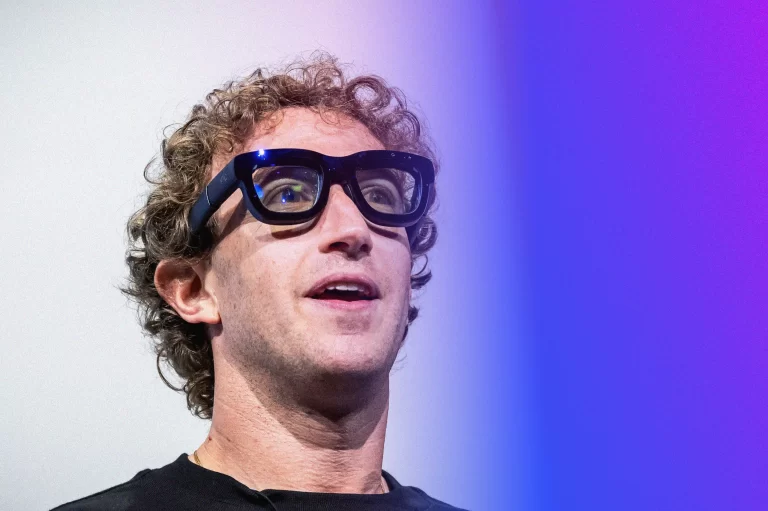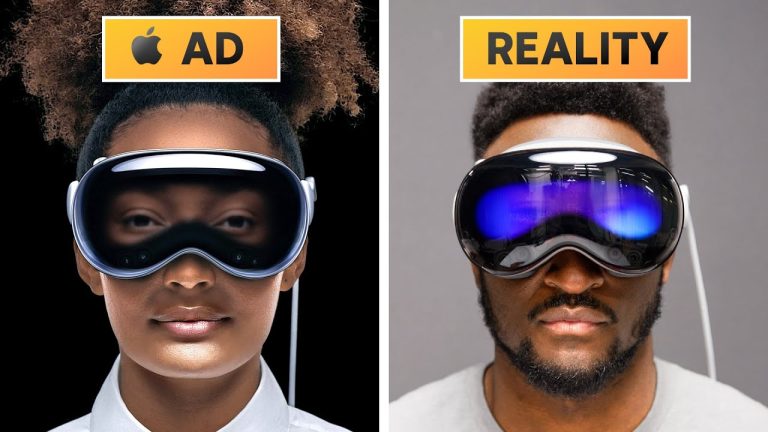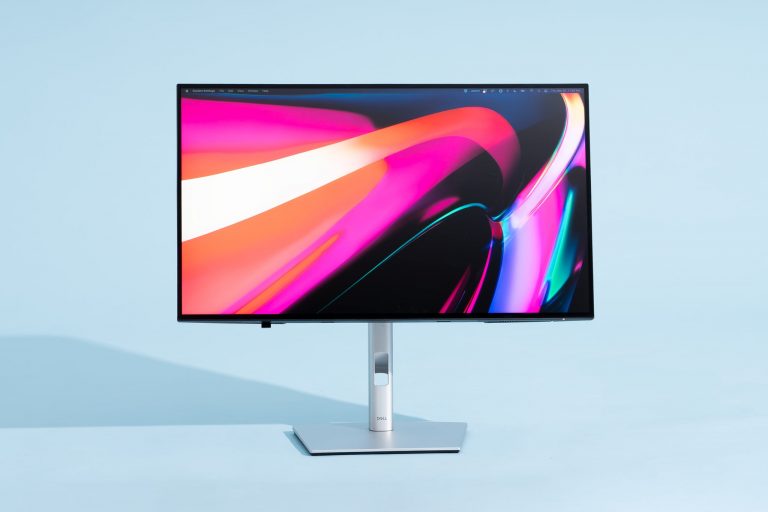
The Evolution of Television From Black and White to 4K
Television, or TV, has undergone a remarkable transformation since its invention in the early 20th century. From black and white cathode ray tube (CRT) sets to high-definition (HD) and ultra-high-definition (UHD) displays, TVs have become an integral part of modern life.
Early Televisions
The first televisions were bulky and expensive, with limited viewing options. Early models were black and white and had a small screen size. Despite these limitations, television quickly gained popularity as a source of entertainment and news.
The Rise of Color Television
The introduction of color television in the 1960s revolutionized the industry. Color TVs offered a more vibrant and realistic viewing experience, further increasing their appeal to consumers.
Digital Television and HDTV
The transition from analog to digital television in the early 2000s brought significant improvements in picture quality, sound, and channel capacity. Digital television also paved the way for high-definition (HD) television, which offers a much higher resolution and clearer picture than standard definition (SD) television.
Smart TVs and Streaming Services
In recent years, smart TVs have become increasingly popular. These TVs are equipped with internet connectivity, allowing users to access streaming services like Netflix, Hulu, and Amazon Prime Video directly on their TV screens. This has transformed the way we consume content, giving us access to a vast library of movies, TV shows, and original programming.
The Future of Television
The future of television is likely to be dominated by even higher resolutions, such as 8K and 10K. Advances in technology will also continue to improve picture quality, sound, and overall viewing experience. Additionally, the integration of artificial intelligence (AI) and virtual reality (VR) could lead to even more immersive and personalized viewing experiences.
As television technology continues to evolve, it is clear that this iconic device will remain an essential part of our lives for many years to come.







